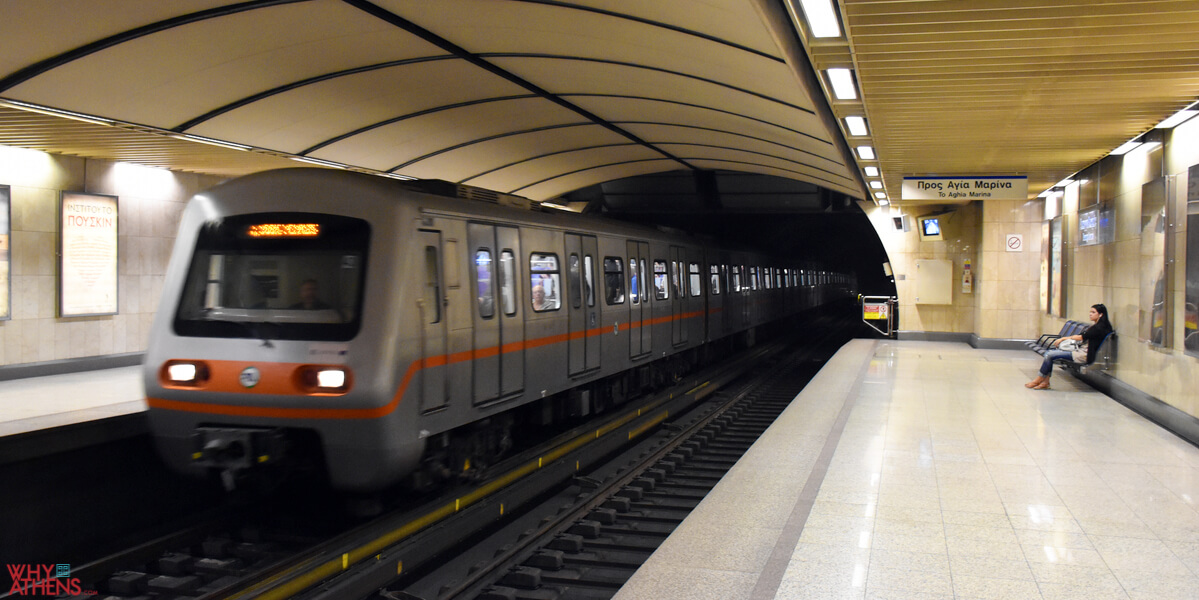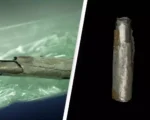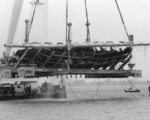Thessaloniki, Greece’s northern metropolis, has unveiled its new underground metro system, a project decades in the making. The much-anticipated system, featuring driverless trains, officially opened on Saturday, drawing tens of thousands of eager passengers despite the rainy and blustery weather. The single subway line, which includes 13 stations, quickly became crowded with city residents eager to experience the new mode of transportation.
Greek Prime Minister Kyriakos Mitsotakis, accompanied by President Katerina Sakellaropoulou and Transport Minister Christos Staikouras, ceremonially launched the metro by pressing a blue button. Mitsotakis remarked that the project’s origins date back to the 1976 budget, with the first signs of progress appearing in 1999, when a banner at the city’s international trade fair proclaimed that the metro would soon be arriving. However, the project faced numerous delays due to legal disputes, real estate conflicts, and debates about the location of stations near significant archaeological sites. These setbacks contributed to a final cost of over 3 billion euros.
The city’s metro system is a significant milestone for Thessaloniki, Greece’s second-largest metropolitan area, which has been plagued by traffic congestion. The new system is expected to reduce daily car usage by 57,000 vehicles and is projected to serve 254,000 passengers daily within the city, with an additional 1 million from the suburbs. The metro’s impact is expected to be substantial, improving both local mobility and the environment.
At the Eleftherios Venizelos station, passengers can view some of the more than 300,000 archaeological artifacts uncovered during construction. These include remnants of the city’s busiest street from the 6th century, along with traces of the shops that lined it. While the removal of these findings for construction purposes sparked protests, temporary exhibitions under protective glass at various stations now allow visitors to view the artifacts.
Future plans include an eastward extension with five additional stations set to open in 2025, while a westward expansion is also in the works. However, the completion of the metro’s connection to Thessaloniki’s busy Macedonia Airport will take several more years.















